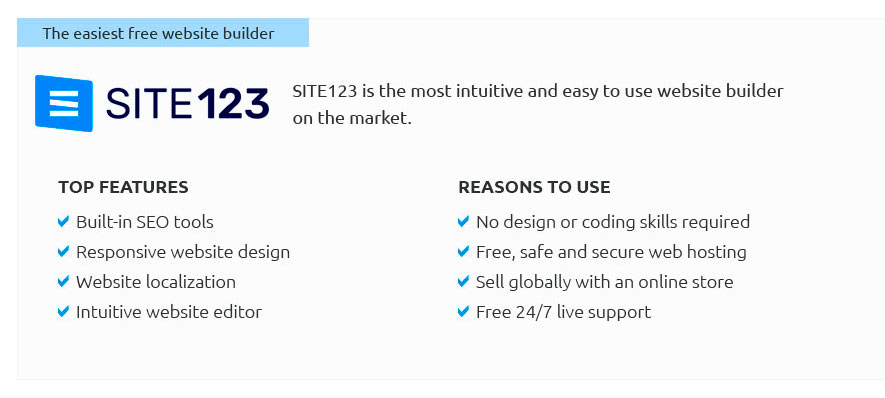 |
 |
 |
 |
|
 |
 |
 |
|
 |
|
 |
 |
|
 |
|
 |
|
 |
 |
Creating a Web Page: A Journey Through Digital CraftsmanshipIn the vast digital landscape where billions of web pages exist, the art and science of making a web page stand out as both an exhilarating and challenging endeavor. Whether you're an aspiring developer or a seasoned designer, crafting a web page involves a delicate balance of creativity and technical know-how. Understanding the Basics begins with HTML (Hypertext Markup Language), the backbone of any web page. HTML provides the structure, much like the framework of a house. To bring it to life, Cascading Style Sheets (CSS) are employed, adding colors, fonts, and layout to transform a bland skeleton into a visually appealing interface. JavaScript, a versatile programming language, introduces interactivity, allowing for dynamic content that responds to user inputs. Imagine a form that validates your email as you type or a slideshow of images that changes with the click of a button; these are the wonders of JavaScript in action. The Tools of the Trade have evolved, offering a plethora of options to developers. From text editors like Visual Studio Code to complex integrated development environments (IDEs) like WebStorm, each tool has its unique advantages. For those who prefer a more visual approach, website builders such as WordPress or Wix provide an intuitive drag-and-drop interface, albeit sometimes at the expense of flexibility. Responsive design is no longer optional; it's imperative. With the increasing variety of devices and screen sizes, ensuring your web page is accessible and aesthetically pleasing on both a smartphone and a desktop is crucial. Frameworks like Bootstrap or Tailwind CSS have simplified this process significantly, enabling developers to focus on content rather than compatibility issues.
Security cannot be overstated in today’s internet world. Implementing SSL certificates to encrypt data, using secure coding practices, and regularly updating your site to protect against vulnerabilities are essential steps in safeguarding user information. Moreover, Search Engine Optimization (SEO) plays a pivotal role in a web page's success. By optimizing content with relevant keywords, improving site speed, and ensuring mobile-friendliness, developers can enhance a site's visibility on search engines, driving more traffic and potential conversions. The Ever-Evolving Web is a testament to human ingenuity and adaptability. As new technologies emerge, such as Progressive Web Apps (PWAs) or the integration of AI, the possibilities for web development expand exponentially. Staying informed and continuously learning are the keys to thriving in this dynamic field. In conclusion, making a web page is more than just writing code; it's about creating an experience that resonates with users. Whether it's through compelling design, seamless functionality, or informative content, each element plays a crucial role in the digital narrative. As technology advances, so too will the art of web development, promising an exciting future for those willing to embrace the challenge. https://www.site123.com/
Select your website type and upload your own content. Then publish your site to get your business online in less than an hour. All websites are fully responsive ... https://sites.google.com/site/horstwebdesign/about-google-sites
Google Sites are free to build, host, and maintain with a Google or Gmail account. There are no web hosting fees. If, however, you are using ... https://www.godaddy.com/en-in/websites/website-builder
Start creating your free site or store by picking a template. - Add your content, products and business info to make it yours. - Use built-in marketing to let ...
|